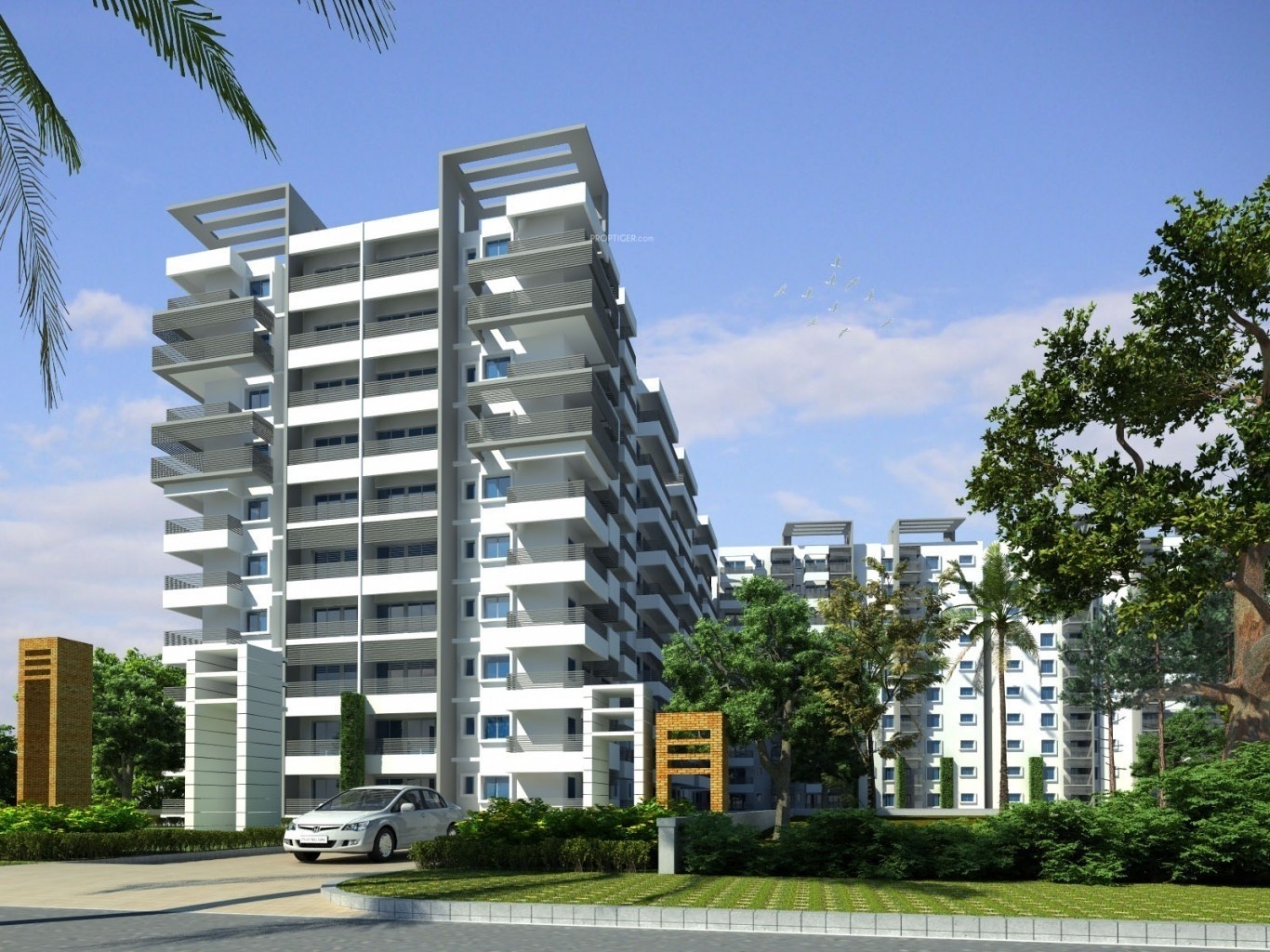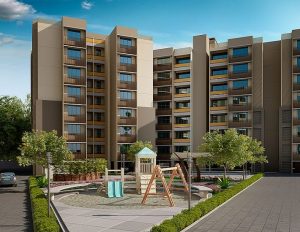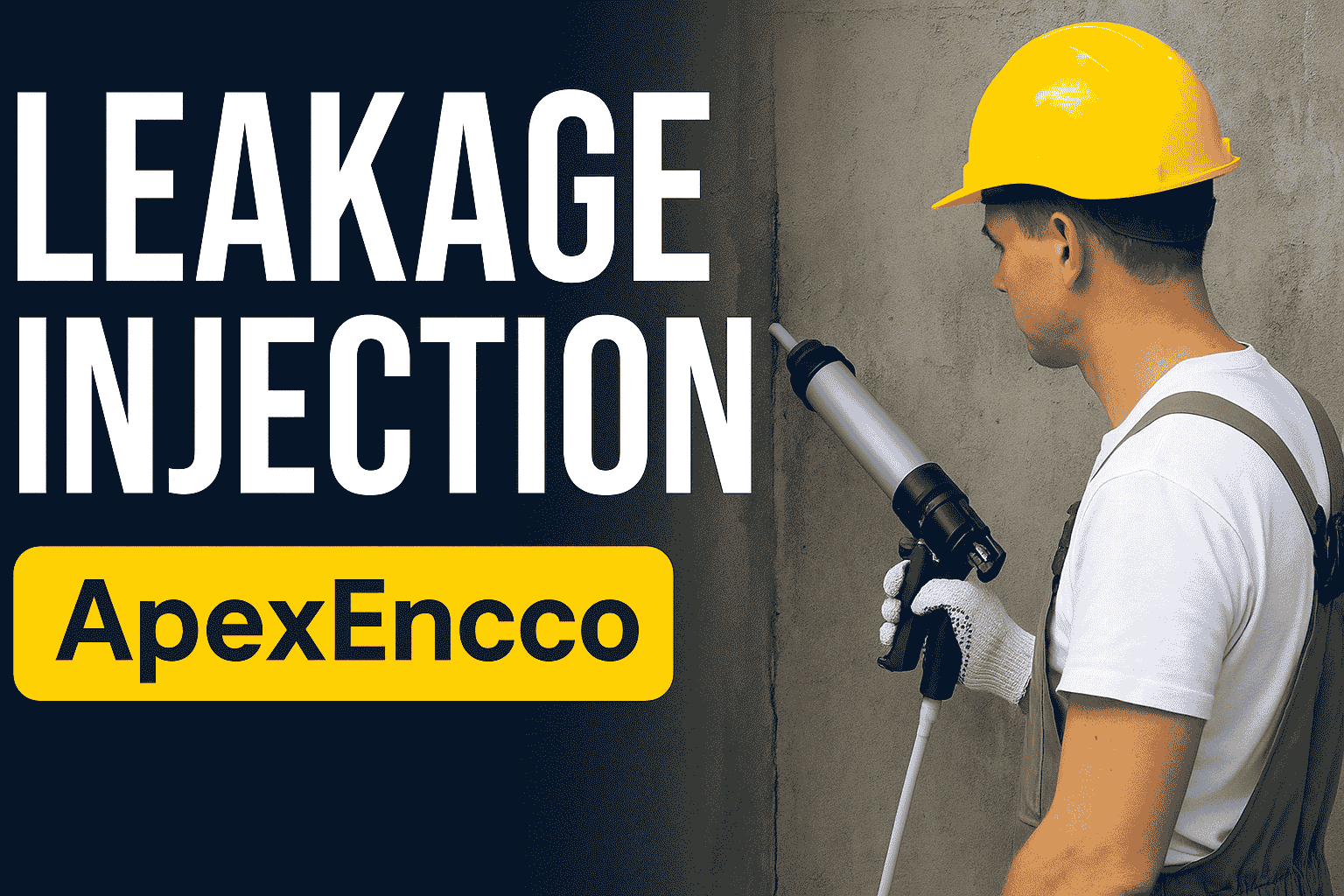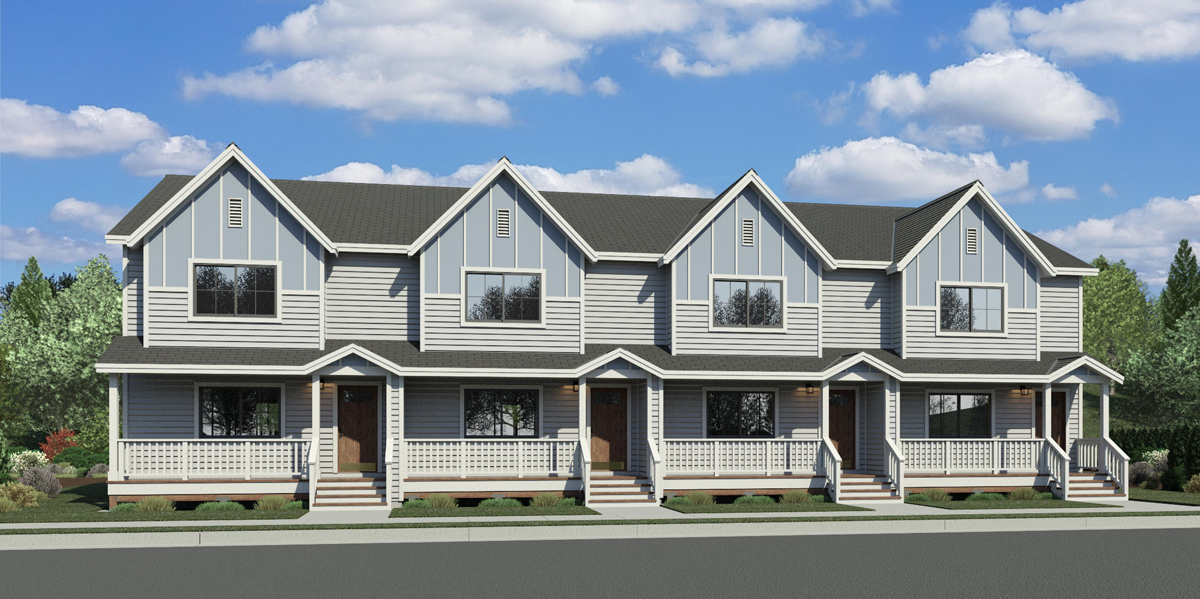Real Estate
Breaking Down the Costs of Homeownership

Breaking Down the Costs of Homeownership
Homeownership is often seen as a symbol of success, a life milestone, and an investment in the future. The sense of security and belonging that comes with having a place to call your own is unparalleled. However, owning a home is not just about the initial purchase price. It entails a multitude of costs that extend far beyond the down payment. In this comprehensive guide, we will break down the various expenses associated with owning a home, ensuring you are well-prepared for the journey of homeownership.
Beyond the Purchase Price
When most people think of the cost of homeownership, they typically focus on the down payment – that substantial initial financial hurdle. The down payment, usually a percentage of the home’s purchase price, is your initial investment in the property. While the down payment is a significant cost, it’s only one piece of the homeownership puzzle.
- Down Payment: Your down payment is the initial lump sum you need to secure your home. It’s typically a percentage of the property’s purchase price. For instance, a conventional mortgage often requires a 20% down payment. This can be a substantial sum and a major factor influencing your mortgage options and future financial stability.
- Monthly Mortgage Payments: The mortgage payment is a major ongoing expense. It consists of both principal and interest. The principal payment contributes to paying down the loan, while the interest payment is essentially the cost of borrowing money. As time passes, the balance between these two elements shifts, with more of your payment going toward the principal.
- Property Taxes: Property taxes are an ongoing financial obligation. The amount you owe depends on the assessed value of your property and the tax rates in your area. Property taxes vary greatly across the country, so it’s essential to understand the local tax structure when considering homeownership.
- Homeowners Insurance: Protecting your investment is vital. Homeowners insurance provides coverage for property damage, personal liability, and more. Rates depend on the property’s value, location, and the level of coverage you choose.
- Maintenance and Repairs: Homes require ongoing maintenance to stay in good condition. This includes routine tasks like HVAC system checks, plumbing repairs, and keeping the exterior in good repair. Regular maintenance helps prevent larger, more costly repairs down the road.
Ongoing Homeownership Costs
| Expense | Frequency | Average Cost |
|---|---|---|
| Utilities | Monthly | Varies |
| Homeowners Association | Monthly/Annually | Varies |
| Lawn and Garden Care | Seasonal | Varies |
| Pest Control | As needed | Varies |
| Renovations and Upgrades | Periodic | Varies |
Understanding Ongoing Costs
Beyond the initial purchase price, homeowners must budget for a range of ongoing expenses. These costs can vary widely depending on your location, the size and condition of your property, and your lifestyle. Here are some of the ongoing costs associated with homeownership:
- Utilities: Utilities are a significant monthly expense that includes electricity, water, gas, and internet. These costs can vary based on consumption, local rates, and the efficiency of your home’s systems. Taking steps to make your home more energy-efficient can help reduce utility costs.
- Homeowners Association Fees: If your property is part of a homeowners association (HOA), you’ll have either monthly or annual fees. These fees cover communal expenses such as landscaping, security, and the maintenance of shared amenities like swimming pools or gyms. HOA fees can vary widely, and it’s important to understand what they cover before purchasing a property in an HOA.
- Lawn and Garden Care: If your property includes a yard or garden, you’ll need to budget for seasonal maintenance. This may include lawn mowing, gardening, leaf removal, and landscaping. The cost will depend on the size of your property and the level of care you desire.
- Pest Control: Pest problems can occasionally arise, requiring professional extermination services. The cost of pest control depends on the severity of the issue and the services needed.
- Renovations and Upgrades: Over time, you may wish to make renovations or upgrades to your home. These periodic expenses can vary widely depending on the scale of the project. Whether it’s updating a bathroom, adding a new room, or investing in a kitchen remodel, it’s important to plan and budget for these costs.
Image by: https://www.bizjournals.com/
Unexpected Expenses
While many of the costs of homeownership are foreseeable and regular, there are also unexpected expenses that can arise. Being prepared for these surprises is essential for responsible homeownership:
- Emergency Repairs: Major issues like roof leaks, plumbing problems, or electrical issues can be costly and unexpected. It’s important to have an emergency fund to cover these unexpected repairs to ensure that your home remains safe and habitable.
- Property Assessments: Sometimes, the homeowners’ association may levy special assessments to fund large community projects. These can be unexpected and can impact your finances.
- Property Value Fluctuations: The real estate market is subject to fluctuations. The value of your property may increase or decrease due to market conditions, impacting your equity.
- Natural Disasters: Damage from natural disasters, such as hurricanes, wildfires, or floods, may not be fully covered by standard homeowners insurance. Preparing for potential natural disasters and considering additional coverage may be necessary in certain regions.
Preparing for Homeownership Costs
- Budget Wisely: Creating a comprehensive budget is one of the first steps toward successful homeownership. Your budget should include all the costs associated with owning a home, including mortgage payments, property taxes, insurance, and ongoing expenses.
- Emergency Fund: Building an emergency fund is crucial for unexpected repairs and expenses. Having savings set aside for unforeseen circumstances will provide peace of mind and financial stability.
- Regular Maintenance: Invest in regular maintenance to prevent larger repair bills. Regular inspections and maintenance of your home’s systems, such as HVAC, plumbing, and roofing, can extend their lifespan and reduce the likelihood of costly repairs.
- Insurance Coverage: Review your homeowners insurance to ensure it adequately covers your needs. Consider additional coverage if you live in an area prone to specific risks, such as floods or earthquakes.
- Market Trends: Stay informed about local real estate market trends to understand property value fluctuations. Understanding the market can help you make informed decisions about when to buy, sell, or make renovations.
Conclusion
Homeownership is a rewarding investment, but it comes with ongoing costs beyond the purchase price. Understanding these expenses, budgeting wisely, and preparing for unexpected costs are key to successful and sustainable homeownership. By considering all aspects of homeownership costs, you can enjoy the benefits of owning your own home while maintaining financial stability and peace of mind.
Real Estate
Smart Choice Brand New Townhouse in Riverstone for First-Time Buyers
Real Estate
Premium 2BHK Apartments in Gannavaram: Comfort and Convenience

Introduction
Gannavaram, located on the outskirts of Vijayawada in Andhra Pradesh, has rapidly emerged as one of the most promising real estate destinations in South India. With its strategic location, excellent connectivity, and growing infrastructure, Gannavaram has become a preferred residential choice for both homebuyers and investors. The demand for 2BHK apartments in Gannavaram is particularly high, driven by the area’s balanced mix of affordability, lifestyle amenities, and future growth potential.
The Rising Appeal of Gannavaram
Once known mainly for its airport and lush greenery, Gannavaram has transformed into a vibrant suburban hub with modern housing developments and thriving infrastructure. The locality’s proximity to Vijayawada International Airport makes it one of the most strategically located areas for professionals and frequent travelers. Additionally, its excellent connectivity via National Highway 16 (NH-16) and the upcoming Amaravati capital region projects have further enhanced its real estate appeal.
The government’s continuous focus on developing this region with better roads, flyovers, and urban facilities has encouraged many reputed builders to launch high-quality residential projects. As a result, 2BHK apartments in Gannavaram now offer urban comforts amidst a peaceful suburban setting.
Why Choose a 2BHK Apartment in Gannavaram?
A 2BHK apartment is one of the most sought-after configurations among middle-income families, working professionals, and investors. It offers the right balance between affordability, space, and functionality. Gannavaram provides multiple options in this category, catering to different budget ranges — from affordable housing to luxury apartments.
Here’s why buying a 2BHK apartment in Gannavaram makes perfect sense:
- Affordable Investment: Compared to Vijayawada’s city center, property prices in Gannavaram are still relatively lower, making it a great opportunity for first-time buyers or investors looking for long-term returns.
- Strategic Location: The area’s proximity to the airport, NH-16, and major educational and healthcare institutions enhances its livability quotient.
- Steady Appreciation: With rapid urbanization and infrastructural growth, property values in Gannavaram are steadily appreciating year after year.
- Peaceful Surroundings: Despite being well-connected, Gannavaram retains its greenery and calm environment, offering residents a serene lifestyle away from city chaos.
Modern Apartments with Contemporary Amenities

Image by: Yandex.com
The latest 2BHK apartments in Gannavaram are designed with a modern lifestyle in mind. Builders are focusing on open-plan layouts, efficient space utilization, and sustainable living practices. Apartments feature spacious living areas, large windows for cross-ventilation, and elegant interiors using premium-quality materials.
Most of these projects also come with a wide range of amenities that enhance daily living and promote community well-being. Some of the popular amenities include:
- Clubhouse and community hall for social gatherings and events
- Swimming pool and fitness center for an active lifestyle
- Children’s play area and landscaped gardens for family recreation
- Jogging track and yoga deck for health-conscious residents
- 24×7 security and CCTV surveillance ensuring complete safety
- Power backup and rainwater harvesting systems promoting convenience and sustainability
These thoughtfully planned residential complexes offer everything a modern family needs, making Gannavaram one of the most desirable places to live near Vijayawada.
Key Features of Premium 2BHK Apartments in Gannavaram
When looking for a premium 2BHK apartment, there are several factors that define the quality and value of the property. Here’s what you should expect from a well-designed and well-maintained 2BHK apartment in Gannavaram:
1. Modern Interiors and Spacious Layout
Premium 2BHK apartments are designed to offer maximum comfort and functionality. Expect modern interiors with spacious rooms, large windows that let in plenty of natural light, and a well-thought-out floor plan. The open-plan kitchen and living area create a sense of space, making the apartment feel larger than it is.
2. High-Quality Fixtures and Fittings
From the flooring to the kitchen counters, premium apartments use high-quality materials. Granite countertops, wooden floors, and premium tiling are common in these homes. The bathrooms are equipped with modern fixtures, ensuring that everything in your home looks stylish and functions flawlessly.
3. Advanced Security Features
Safety is a top priority when choosing a new home, and premium 2BHK apartments in Gannavaram come with advanced security systems. These may include 24/7 surveillance cameras, security guards, and gated entrances, providing you with peace of mind knowing that you and your family are safe.
4. Ample Parking Space
For those with a car, having dedicated parking is essential. Most premium 2BHK apartments offer ample parking space for residents, whether in an underground parking garage or open-air parking lot. This makes life more convenient for homeowners who own multiple vehicles.
5. Modern Amenities
To enhance the overall living experience, many 2BHK apartments in Gannavaram come equipped with modern amenities such as:
- Fitness centers
- Swimming pools
- Children’s play areas
- Clubhouses
- Party halls
These amenities provide opportunities for relaxation, fitness, and socialization, making your apartment complex feel like a community.
6. Energy-Efficient Designs
In an effort to promote sustainability, many premium 2BHK apartments in Gannavaram incorporate energy-efficient designs. This may include solar panels for electricity generation, LED lighting, and energy-efficient appliances. Such features not only help reduce your carbon footprint but also lower your utility bills in the long run.
Connectivity and Infrastructure
Gannavaram’s biggest strength lies in its excellent connectivity. The Vijayawada International Airport located here connects the region to major cities like Hyderabad, Chennai, and Bangalore. The Vijayawada-Gannavaram Road and NH-16 make commuting to nearby business hubs and educational institutions extremely convenient.
Public transport facilities are also well-developed, with regular bus and taxi services connecting Gannavaram to Vijayawada city. The proposed metro connectivity in the Amaravati-Vijayawada region is expected to further boost accessibility in the coming years.
Educational institutions such as SRM University, Amrita University, and VIT-AP are within easy reach, attracting students and professionals to settle in the area. Renowned hospitals and clinics ensure residents have access to quality healthcare services nearby. Additionally, shopping complexes, supermarkets, and entertainment zones are developing rapidly, offering a balanced urban lifestyle.
Investment Opportunities in Gannavaram
For investors, 2BHK apartments in Gannavaram represent a high-potential investment opportunity. The real estate market here is still in its growth phase, meaning there’s substantial room for appreciation in property values. With constant infrastructure expansion, the presence of major institutions, and the increasing demand for rental properties due to nearby industrial zones, investors can expect both capital growth and rental income.
The rental demand is also supported by the growing number of professionals working in and around the Vijayawada-Gannavaram belt. Investors purchasing 2BHK apartments can earn stable rental returns while also benefiting from long-term appreciation.
Lifestyle Benefits of Living in Gannavaram
Beyond its investment potential, Gannavaram offers a peaceful and fulfilling lifestyle. The area is surrounded by scenic beauty, open spaces, and clean air a refreshing change from congested city life. Despite its serene environment, residents enjoy quick access to all modern conveniences.
Moreover, Gannavaram’s community atmosphere, safety, and upcoming commercial developments make it an excellent place for families. The region’s strong infrastructure, educational facilities, and employment opportunities create a complete ecosystem for comfortable living.
The Future of Gannavaram Real Estate
As Vijayawada continues to expand and Amaravati’s development gains momentum, Gannavaram is expected to benefit significantly. The government’s focus on improving infrastructure, promoting industrial growth, and expanding transportation links positions the area for exponential growth. Developers are also introducing smart home technologies, eco-friendly designs, and sustainable practices, ensuring that residents enjoy future-ready homes.
With all these advancements, 2BHK apartments in Gannavaram are set to become even more valuable assets in the coming years. Whether you are looking for a permanent home or a profitable investment, this is the perfect time to explore available projects in the area.
Conclusion
In conclusion, 2BHK apartments in Gannavaram offer a rare combination of affordability, modern amenities, excellent connectivity, and promising investment returns. The locality’s peaceful environment, rapid infrastructure development, and proximity to key urban centers make it an ideal choice for homebuyers seeking a perfect balance between urban convenience and suburban calm.
With continuous growth in residential demand, strong infrastructure support, and a promising future ahead, Gannavaram stands out as one of the best emerging real estate destinations in Andhra Pradesh. Investing in a 2BHK apartment here means securing not just a home — but a lifestyle of comfort, value, and lasting satisfaction.
Business industrial
Leakage Injection The Permanent Solution for Water Leakage

Introduction
Water leakage is a common yet serious problem that affects buildings, foundations, and concrete structures. Over time, cracks develop due to pressure, temperature changes, or weak construction. These cracks allow water to seep in, causing corrosion, dampness, and structural damage. To overcome this problem, Leakage Injection has become one of the most trusted and long-lasting solutions in modern waterproofing technology.
At Apex Encco, we specialize in Leakage Injection services designed to seal cracks, stop seepage, and strengthen concrete structures. Our goal is to deliver durable, cost-effective, and eco-friendly waterproofing solutions that protect your property for years to come.
What is Leakage Injection?
Leakage Injection is a method used to repair and waterproof concrete structures that suffer from water leakage. The process involves injecting a special chemical—commonly polyurethane or epoxy resin—into the affected cracks or joints. Once the material is injected, it expands and reacts with water, forming a strong, watertight barrier.
This process not only seals the leakage but also strengthens the structural integrity of the surface. Leakage Injection is widely used in both residential and industrial applications such as:
- Basements and foundations
- Water tanks and reservoirs
- Swimming pools
- Retaining walls and tunnels
- Industrial floors and parking decks
Unlike traditional waterproofing that often requires removing tiles or concrete, Leakage Injection is a non-invasive and highly efficient technique.
How Does Leakage Injection Work?
At Apex Encco, the Leakage Injection process is carried out with precision and advanced equipment. The key steps include:
- Inspection: Our experts first inspect the damaged area to locate visible and hidden cracks.
- Drilling Injection Ports: Small holes are drilled along the cracks to provide access points for injection.
- Injection Process: Using professional-grade pumps, resin is injected under controlled pressure.
- Reaction and Sealing: The resin expands upon contact with moisture, sealing the cracks completely.
- Finishing: The surface is then cleaned, sealed, and finished for a neat and durable result.
This entire process is quick, cost-effective, and guarantees a long-lasting waterproofing solution.
Benefits of Leakage Injection
The reason Leakage Injection is so popular is because of its multiple advantages over conventional waterproofing methods:
- Permanent Sealing: The injected material bonds with concrete, forming a durable seal that lasts for decades.
- Non-Destructive Repair: No need to break walls or floors for repairs.
- Works on Active Leaks: Polyurethane resins can seal cracks even with running water.
- Quick and Cost-Effective: The process saves both time and money.
- Strengthens the Structure: Epoxy injection not only seals but also reinforces concrete.
- Eco-Friendly: The materials used are safe and non-toxic.
At Apex Encco, we ensure every Leakage Injection project delivers long-term results without disrupting your property or operations.
Applications of Leakage Injection
Leakage Injection can be applied in various situations, including:
- Basements: Stop groundwater seepage and prevent damp walls.
- Water Tanks: Seal cracks to prevent water loss and contamination.
- Swimming Pools: Repair leaks without removing tiles or draining water.
- Tunnels & Dams: Protect large infrastructure from water infiltration.
- Industrial Plants: Maintain structural stability in process areas and reservoirs.
Each application requires a customized approach, and Apex Encco tailors every project according to the client’s needs and site conditions.
Why Choose Apex Encco for Leakage Injection?
When it comes to Leakage Injection, expertise matters. ApexEncco is a trusted name in the waterproofing and construction industry because of our quality-driven approach. Here’s why we stand out:
- Skilled Professionals: Our technicians are trained in the latest injection and waterproofing technologies.
- High-Quality Materials: We use premium-grade polyurethane and epoxy resins for lasting results.
- Customized Solutions: Every project is different, and we provide solutions tailored to each client.
- Proven Experience: We’ve completed hundreds of successful Leakage Injection projects across India.
- Customer Satisfaction: Our focus is on delivering permanent results and peace of mind.
When you choose Apex Encco, you’re choosing quality, reliability, and long-term protection for your property.
Maintenance Tips After Leakage Injection
Even after a professional Leakage Injection, maintenance plays a key role in extending the life of the repair:
- Keep drainage systems clean and unclogged.
- Regularly inspect for new cracks or damp patches.
- Avoid drilling or heavy vibration near repaired areas.
- Use surface waterproof coatings for added protection.
Following these steps will help your Leakage Injection system last longer and perform better.
The Future of Leakage Injection Technology
Modern Leakage Injection systems are evolving with new materials and smarter techniques.
Polyurethane and epoxy formulations are becoming more flexible, stronger, and faster-curing. Automated pumps now control injection pressure more precisely, improving accuracy and effectiveness.
At Apex Encco, we stay updated with these technological advancements to offer our clients the best waterproofing solutions available in the market.
Conclusion
Water leakage can compromise the strength, safety, and appearance of any structure. Leakage Injection is a powerful, cost-effective, and long-lasting method to stop leaks and restore structural integrity.
With Apex Encco, you can trust that every Leakage Injection project is handled with care, expertise, and precision. From residential basements to large industrial tanks, we deliver results that protect your property for years.
If you’re facing any kind of water leakage, contact Apex Encco today — your reliable partner for professional Leakage Injection and waterproofing solutions.
-
Business2 years ago
Cybersecurity Consulting Company SequelNet Provides Critical IT Support Services to Medical Billing Firm, Medical Optimum
-
Business2 years ago
Team Communication Software Transforms Operations at Finance Innovate
-
Business2 years ago
Project Management Tool Transforms Long Island Business
-
Business2 years ago
How Alleviate Poverty Utilized IPPBX’s All-in-One Solution to Transform Lives in New York City
-
health2 years ago
Breast Cancer: The Imperative Role of Mammograms in Screening and Early Detection
-
Sports2 years ago
Unstoppable Collaboration: D.C.’s Citi Open and Silicon Valley Classic Unite to Propel Women’s Tennis to New Heights
-
Art /Entertainment3 years ago
Embracing Renewal: Sizdabedar Celebrations Unite Iranians in New York’s Eisenhower Park
-
Finance3 years ago
The Benefits of Starting a Side Hustle for Financial Freedom
































